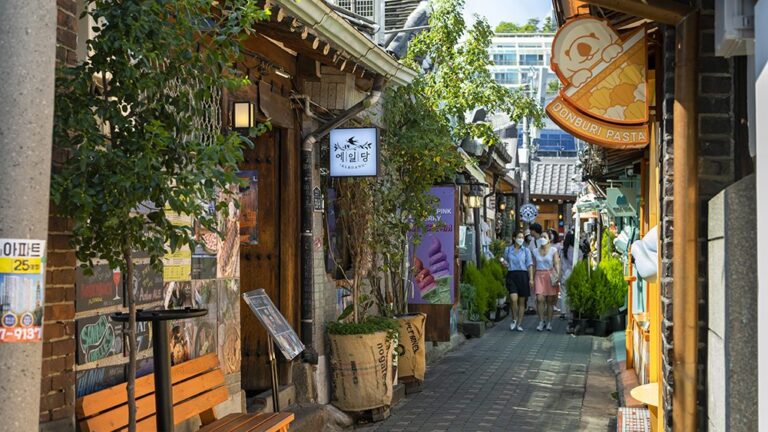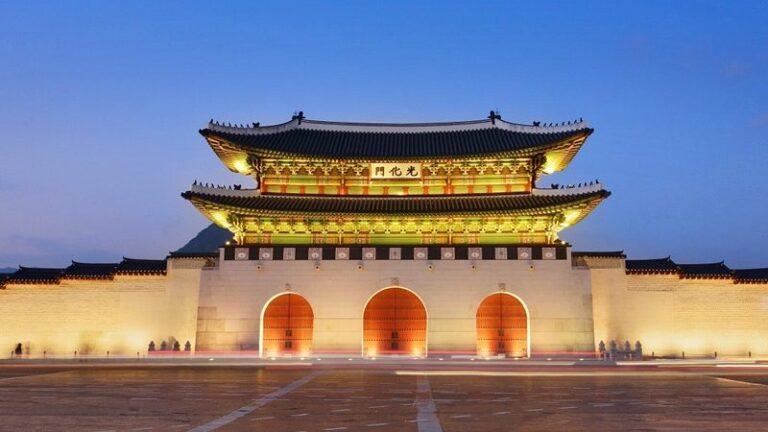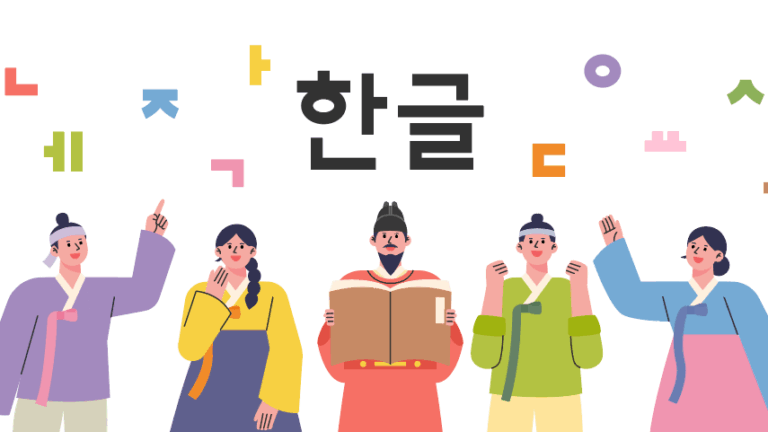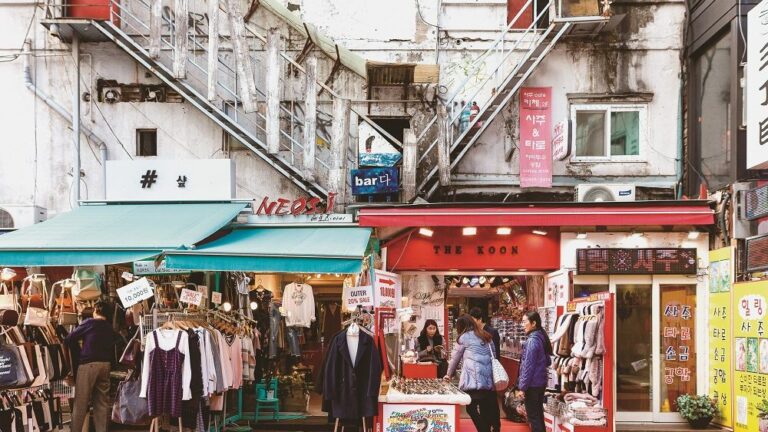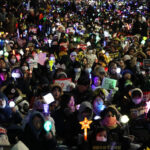What to Do If You Encounter a Protest During Your Trip to Korea?
~Essential Information for Japanese Tourists~
This time, for Japanese travelers planning to visit or already visiting Korea, we will explain in detail about protests, rallies, and demonstrations in Korea.
Seeing headlines like “Large-scale protest occurs in Seoul” on the news can make many people feel uneasy.
“Is Korea dangerous?”
“Is it still safe to travel?”
“What should I do if I get caught up in it?”
Here, we will answer these questions.
Are Protests a Common Occurrence in Korea?
In Korea, people have a culture of actively voicing their opinions on political and social issues.
As a result, demonstrations and rallies can take place any day of the week, often centered around Seoul.
While this may seem unusual to those from Japan, in Korea, a protest does not automatically mean a riot or danger.
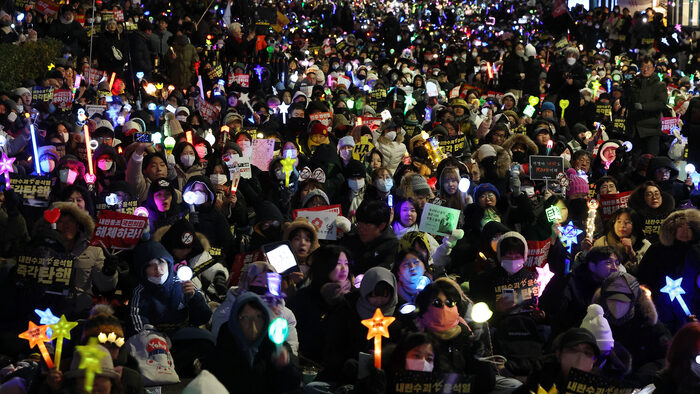
In fact, many protests in Korea are officially reported to the police in advance, with predetermined routes and schedules, and are conducted under police supervision.
Participants usually express their views in peaceful ways, such as holding signs, giving speeches, or singing.
Is It Dangerous for Tourists?
To be clear, protests rarely pose a direct danger to tourists.
However, there are some points you should be aware of:
- Temporary traffic restrictions
On days with large-scale protests, certain roads may be blocked, or bus routes may be changed.
Areas like Gwanghwamun or Seoul City Hall are frequently used for demonstrations, so if you plan to visit nearby, it’s a good idea to check traffic information in advance. - Crowds and noise
With many people gathered and speeches broadcast through speakers, the surroundings can become quite noisy.
If you prefer a quiet sightseeing experience, it’s safer to avoid areas where protests are taking place. - Caution when taking photos
You might want to capture the scene, but avoid photographing participants’ faces.
Some people may feel uncomfortable or upset due to privacy and safety concerns, so always be careful.
Response by the Korean Government and Tourism Organization
The Korea Tourism Organization (KTO) provides safety information for foreign travelers.
Recently, the police and local governments have been cooperating to ensure tourists can travel with peace of mind.
When necessary, they also provide announcements in English or Japanese to actively manage the situation.
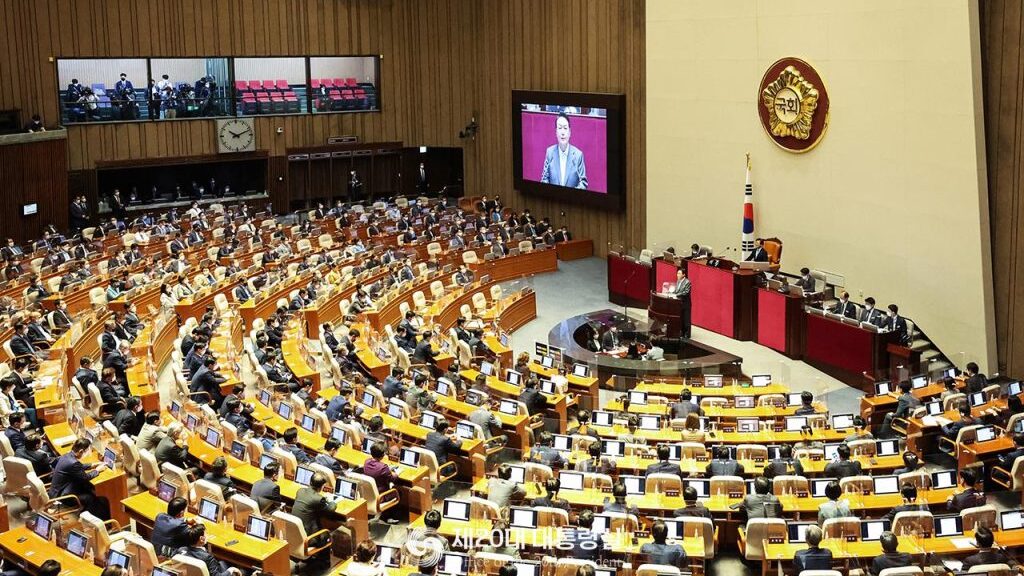
Additionally, if a large-scale protest is expected, you can obtain relevant information from local hotels or tourist information centers.
How to Handle a Protest
If you encounter a protest during your trip, keep the following points in mind:
- Stay away from the crowd
Avoid the center of the protest and observe from a safe distance whenever possible. - Follow police instructions
Many police officers are stationed around protest areas. Follow their directions immediately if given. - Do not shout or intervene out of curiosity
Maintain proper behavior as a tourist and avoid getting involved unnecessarily. - Check information with traffic or map apps
Korean map apps like NAVER Map or KakaoMap allow you to monitor traffic restrictions and congestion in real time.
Be Cautious About Information Spread on Social Media
Recently, videos of “violent protests” circulating on social media have attracted attention.
However, many of these are old footage from previous years or clips edited to highlight only intense moments.
In reality, the atmosphere at the protest site is often calm and peaceful, so it’s important to make judgments based on accurate and reliable information.
Voices from Actual Travelers
Some Japanese tourists visiting Korea have encountered protests by chance.
Most of them said:
- “I was a little surprised, but didn’t feel it was particularly dangerous.”
- “As long as we passed by quietly, there was no problem.”
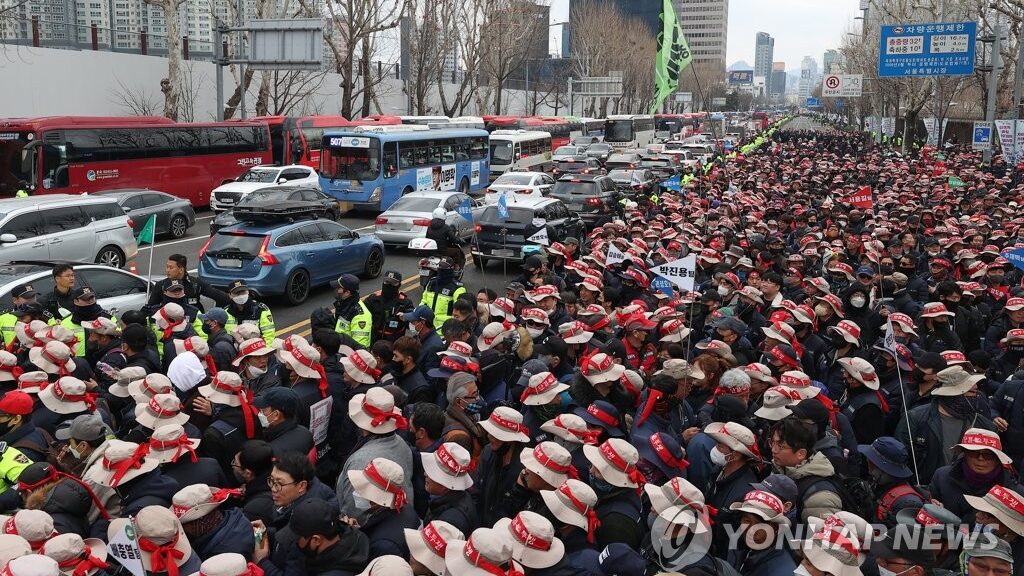
On the other hand, some mentioned:
- “The bus stopped, so our schedule was delayed.”
- “The noise was quite loud.”
To reduce stress during your trip, gathering information in advance is key.
Understanding the Background of Protests Enhances Your Trip
By understanding why a protest is taking place, you can gain deeper insight into Korean society and history.
For example, protests may focus on workers’ rights, women’s rights, or a variety of other social issues.
For those interested, learning through local exhibitions, newspapers, or news broadcasts can also become an enjoyable part of your travel experience.
Relationship Between Tourist Areas and Protests
In popular tourist areas in Korea, such as Myeongdong, Hongdae, and Gangnam, large-scale protests are generally rare.
In places with many tourists, authorities tend to limit demonstrations to ensure both safety and the city’s image.
On the other hand, areas with high political significance, such as Gwanghwamun Square, Seoul City Hall, and around the National Assembly, often host protests or rallies.
If you plan to visit these areas, it’s wise to check for protest information in advance to feel more at ease.
Atmosphere on the Day of a Protest
On the day of a protest, police vehicles are stationed early in the morning around the event area, and barricades or control lines may be set up.
With many officers present, the atmosphere is orderly, and chaotic disorder is rare.
Civilians generally behave calmly, maintaining the sense that it is a space for expressing opinions.
Protests often take place on weekends or public holidays, which can overlap with tourist activities.
If you plan to visit during such times, it’s a good idea to pay attention to news reports or local social media posts.
Are There Cases of Foreign Tourists Getting Caught Up in Protests?
So far, there have been very few reports of foreign tourists getting into trouble during protests in Korea.
In fact, Korean citizens are generally tolerant of foreigners and often remain calm even if tourists are nearby.
Nevertheless, it is best to avoid entering the crowd like a spectator or participating out of curiosity.
Language barriers could lead to misunderstanding the purpose of the protest or causing unnecessary trouble.
Useful Korean Expressions to Know
Posts or announcements related to protests or rallies are often written in Korean, so it’s helpful to remember the following terms:
- 집회 (Jiphoe) = Assembly / Gathering
- 시위 (Siwi) = Demonstration / Protest
- 통제 (Tongje) = Traffic control / Restriction
- 우회 (Uhoe) = Detour
- 경찰 (Gyeongchal) = Police
Knowing these words can help you understand the meaning of signs or instructions from police officers to some extent.
Methods and Tools for Gathering Information
To get real-time safety information during your trip, the following methods are recommended:
- Korea Tourism Organization (Visit Korea) official website
Provides the latest tourism information in Japanese. - Embassy of Japan in Korea Twitter
Shares real-time safety alerts and advisories. - NAVER News app
If you understand Korean, you can use local news apps to check what is happening and where, in real time. - Search on Korean portal sites
Searching terms like “Seoul assembly” can help you find current protest information.
Korean Society and Democracy
The culture of protests is not just about expressing dissent—it also demonstrates active citizen participation in politics and society.
Since the democratization movement in 1987, the voices of the people in Korea have increasingly held influence over political decisions.
For example, the Candlelight Protests (2016–2017) saw millions of people participate peacefully, ultimately leading to the impeachment of the president.
This movement received worldwide attention as a notable example of civic activism.
Understanding this background allows travelers to gain a deeper insight into the phenomenon of protests and to appreciate Korea as a travel destination from multiple perspectives.
There’s No Need to Be Overly Afraid
Protests in Korea are not something frightening for Japanese travelers, but rather a social phenomenon worth understanding.
Of course, it’s necessary to take precautions to minimize any risk of getting caught up, but there’s no need to be excessively wary.
By checking basic safety measures before your trip and being flexible with your itinerary, you can still fully enjoy your travels in Korea.

If you have any concerns, please refer to the official website of the Korea Tourism Organization or the safety information from the Embassy of Japan in Korea.
Have a safe and enjoyable trip!
Table of Contents


